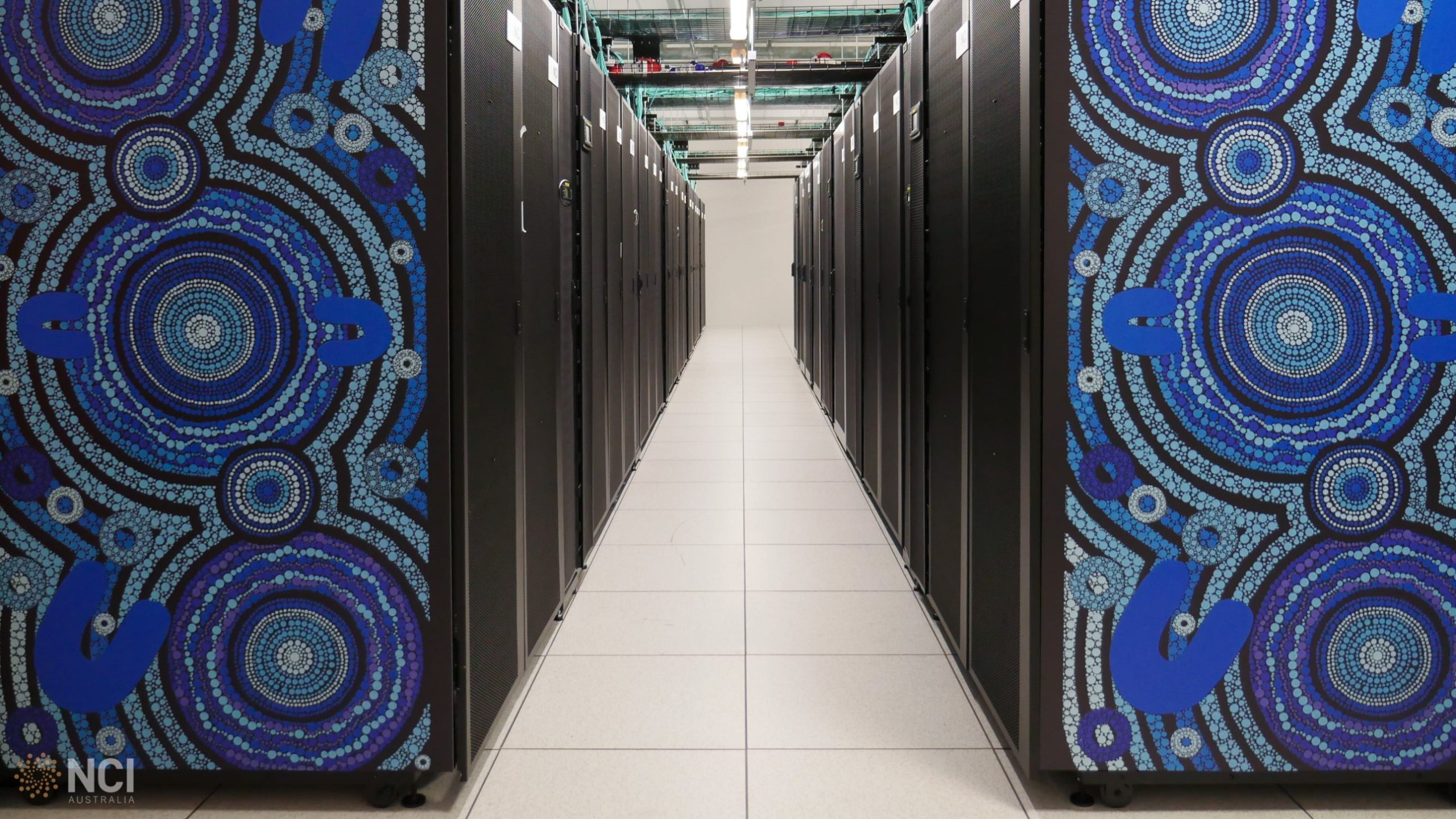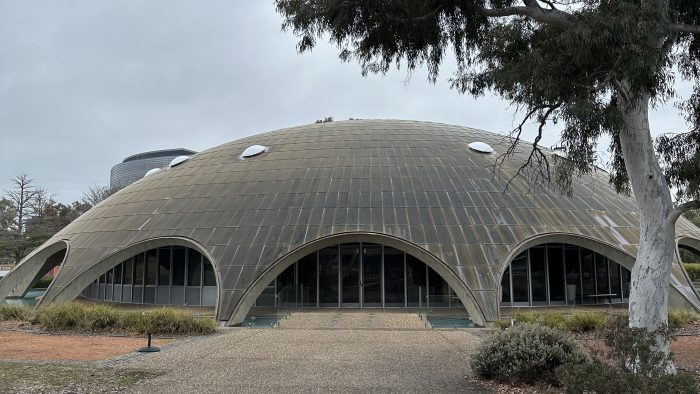
Creating confidence in climate computing: Inside the ACCESS Community Workshop
When it comes to Australia’s cutting-edge climate modelling software, removing barriers to trust and understanding for users is crucial.
Tasked with answering that challenge in 2024 was the ACCESS Community Workshop, which took place in September at the Shine Dome in Canberra. The Australian Community Climate and Earth System Simulator (ACCESS) is a computer modelling framework that contains atmospheric, ocean, sea-ice and land surface models, which in turn are coupled to chemical and biological models. These models are tools that help us understand past, present and future climate change under different plausible scenarios.
The workshop aimed to make these modelling tools more accessible and to link expertise with software technology to enhance trust in the research infrastructure and modelling results. ACCESS-NRI achieved this through keynote presentations from local and international researchers, working groups focused on atmospheric, earth system and cryosphere models, ‘lightning talks’ in which researchers pitched their experiments to complement their poster presentations, and networking.
Improvement opportunities are identified based on the model’s ability to simulate observed climate. To assess a model’s ability to simulate the climate we observe, the simulations are compared to observations of reality. Dr Nicola Maher, Chief Investigator with 21st Century Weather, presented a model evaluation method using large ensembles. Putting observations within the spread of model simulations tells us if the models can capture reality and helps to identify biases that need to be addressed with higher priority.
In the working groups, Heather Cripps, a new PhD student with 21st Century Weather, found the discussion on Urban Representation, led by 21st Century Weather Chief Investigator Dr Negin Nazarian, most appealing. While almost half of participants wanted to a) use urban climate models to determine city-level climate impacts, the other half focused on b) how urban representation in climate models could affect global and regional scale modelling. Both refer to the ongoing development of kilometre scale urban models which can improve our understanding of intra-urban variability (“a”), improve global and regional scale modelling (“b”), or perhaps both. The design of the urban model will vary depending on the goal. Heather’s research focuses on the nuanced impacts of climate within the city, so given this discussion, she is looking to ensure her research can be ‘up scaled’ to account for the two goals.

Wil Laura, another PhD student with the Centre, found learning about Australia’s advanced technology and skilled human resources in weather and climate modelling most interesting and useful. The workshop exposed Wil to how experienced researchers engage in discussions to keep enhancing the understanding of Earth’s processes through climate models. The new climate model simulations offer higher spatial resolution, which is important as they enhance the accuracy of climate and weather representations by capturing small-scale atmospheric processes, such as the effects of topography. Wil intends to use climate model simulations to analyse potential future health risks arising from heatwave and wildfire compound events by the end of the century in southeast Australia.
ACCESS-NRI is a key research partner for 21st Century Weather. Together, we will develop an ultra-high-resolution modelling capability at continental and global scales and apply it to uncover the key mechanisms involved in weather change. The Centre is developing multiple configurations of ACCESS to consider atmosphere, land and ocean interactions.
By Lucía Gamarra, Government & Industry Liaison
Title image: The Gadi supercomputer, courtesy of the National Computational Infrastructure (NCI)
